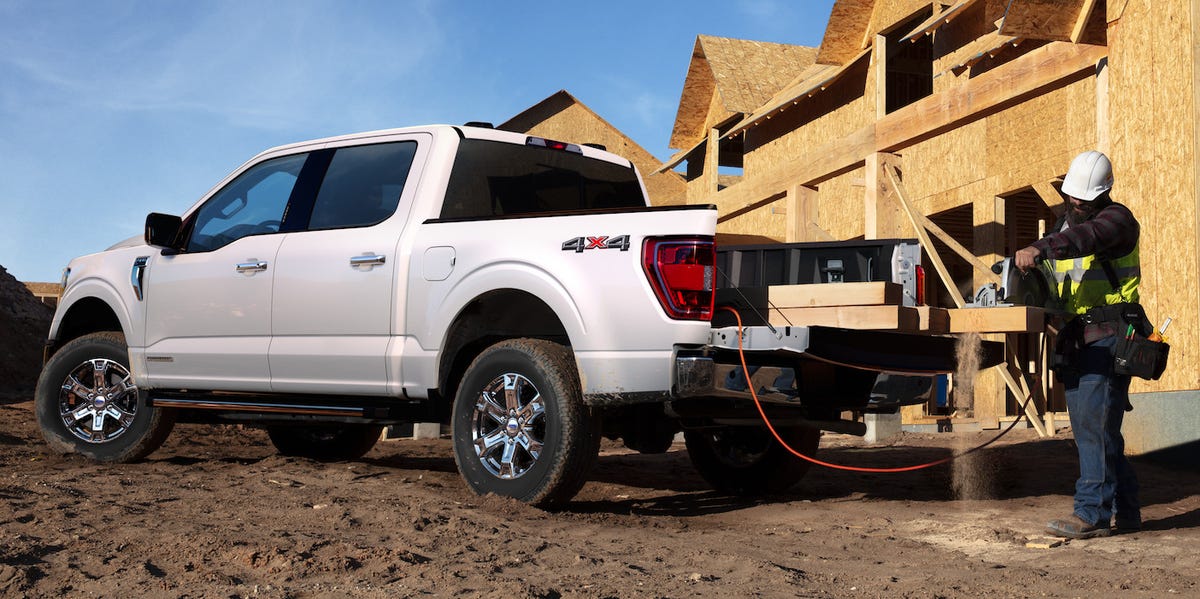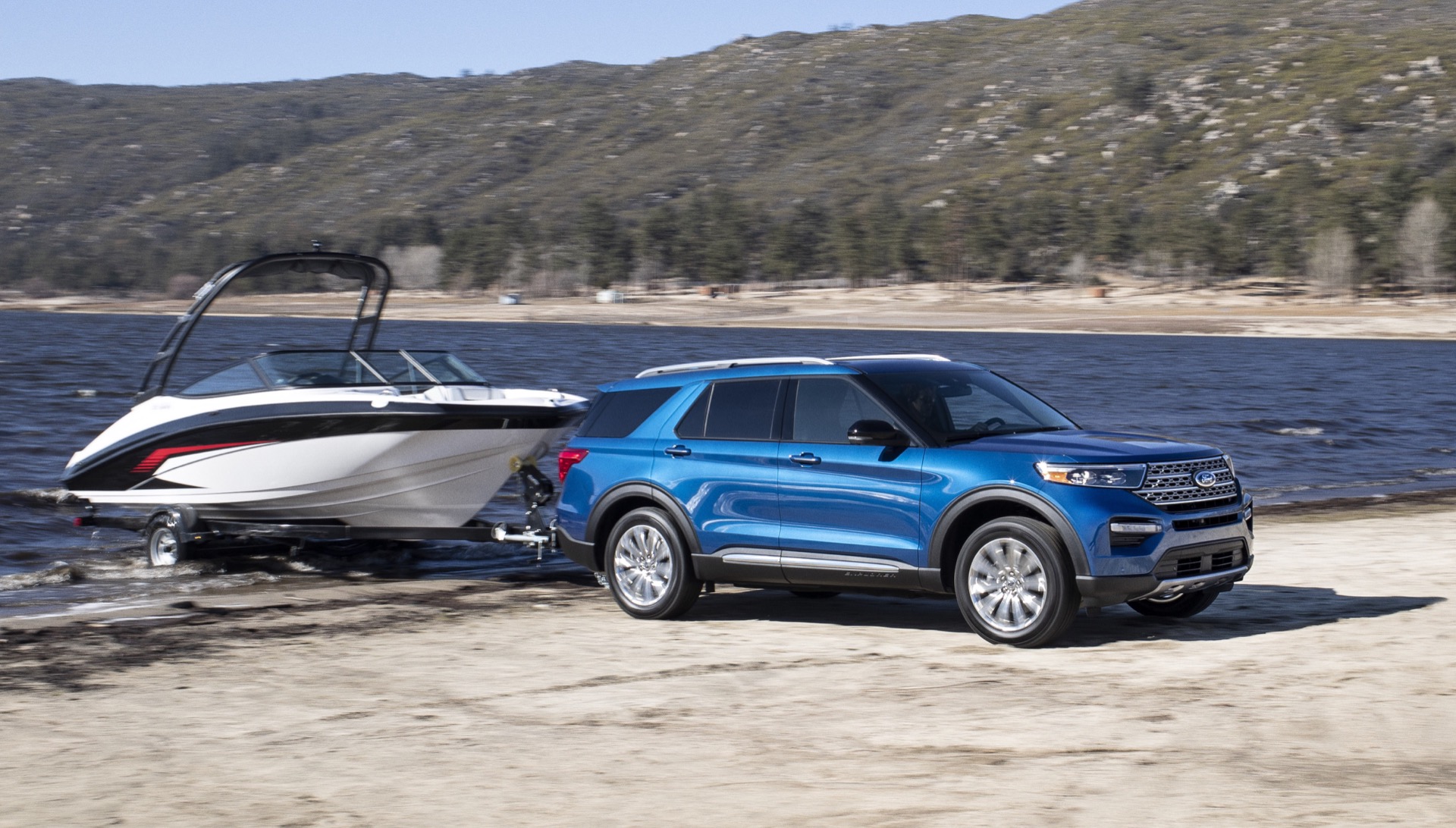You can probably fast charge a Tesla with this monster.
Want to charge a few eBikes, while cooking dinner on an induction electric stove, with another person showering and the rest of your party drinking ice cold beer, with a massive stereo system blasting?

Here's the automotive solution. A 35 kW motor/generator is about 47 horsepower, or ten miles of EV-only driving.
Motor implies electric motor. Engine is the term used to refer to a fuel powered motor.

Want to charge a few eBikes, while cooking dinner on an induction electric stove, with another person showering and the rest of your party drinking ice cold beer, with a massive stereo system blasting?
Here's the automotive solution. A 35 kW motor/generator is about 47 horsepower, or ten miles of EV-only driving.
Motor implies electric motor. Engine is the term used to refer to a fuel powered motor.
For more traditional truck customers, the 14th-generation F-150 offers the towing and capability they’ve come to expect as well as new features designed to make working,
even sleeping, in the truck better. They include newly designed work areas on the center console and tailgate, lay-flat seats and an integrated generator that can power tools at work sites or televisions and speakers at tailgate parties.
The 2021 F-150 features new interior and exterior designs, additional storage and six available engine options, including a 3.0-liter diesel and 3.5-liter “PowerBoost” hybrid V6 engine. All engines are paired with a 10-speed automatic transmission.
Ford said the new hybrid model is targeted to achieve roughly 700 miles on a single tank of gas and deliver at least 12,000 pounds of available maximum towing. That’s in line with or better than current models with V6 engines.
Standard on hybrid models is a new integrated power generator with 2.4 kilowatts of output or an optional 7.2 kW of output. The standard model could charge everything for a tailgate party or a jackhammer and compact concrete mixer.
The power generators are available in 2.4-kW and 7.2-kW versions for non-hybrid models with gas engines. The generator works by taking energy from an onboard lithium-ion battery. The vehicle’s engine may need to be on to assist in charging the battery

Lay-flat seats for sleeping

Attachments
Last edited:











